Kea Nestor notabilis are an endemic parrot of the South Island of New Zealand. Playful, inquisitive, bright eyed and stunningly beautiful, keas are also incredibly resourceful. Many scientists argue that they are the world’s smartest bird. Not convinced? Here are some more juicy facts to win you over.
A kaleidoscope of colour
The glorious colours of kea range from olive green and darker green on the upper back and wings. Along with a reddish lower back. Their under wings have spectacular shades of orange that are on the UV spectrum and can’t be seen by humans. However this can be seen by other birds and insects.
Mum and dad are domesticated
It’s thought that kea mate for life. The female lays a clutch of 2-5 eggs per season deep under beech tree roots or in a rocky outcrop. Both parents line the nest with moss and lichen for added comfort factor. The female incubates the eggs for month during the harsh winter months, while the male seeks out food.
Guardians of the Waitaha tribe
This tribe believed that kea were kaitiaki (guardians) of their people along with the kāhu (harrier) and ruru (morepork).
Their weird claws act like hands
They have 4 toes on each foot. Two toes point forward and two backwards (zygodactyl). This means that they can easily mess with your shit. Although by no means are they threatening. Rather they can drink your latte while you’re not looking, and do it in an elegant and persistent way, like any coffee starved metropolitan gent.
The name is onomatopoeic
The dulcet sounds of ‘Keeeeeaaa’ echoing through the alpine forest, was the reason why those imaginative scientists gave them their name.
They are gravely misunderstood
Although they have been known to be pesky and invasive, Nestor notibilus are considered one of the world’s most intelligent birds. In this BBC clip, a Kea makes light work of some heavy logs that lay over some wheelie bins. Other complex tasks to retrieve food that would confound a monkey or a small child, have similarly remarkable results. This shows that the kea is unfathomably intelligent.
They are unfussy and resourceful
Kea have managed to survive in the harsh alpine region of New Zealand’s South Island because of their inquisitive, adaptable and supremely intelligent nature. Their varied diet reflects this. In summer they feast on seeds, flowers, insects and mountain flax. They even occasionally take Hutton’s Shearwater chicks from their nests. During the leaner time of winter, they feed on animal carcasses and may occasionally even attack live sheep.
They are vulnerable, but thankfully now protected
Because of the above sheep hassling, farmers continue to see them as a nuisance. There once was widespread bounty hunting of kea. Prior to 1971, 150,000 were killed before partial protection act came in. Then the kea gained full protection under the New Zealand Wildlife Act 1953, in 1986.
Do you love the kea, or any other parrot? Share your experiences with them below…
Find out what native NZ species you are by taking this fun quiz: I got the morepork. Solitary, inquisitive, a night owl, sounds about right.


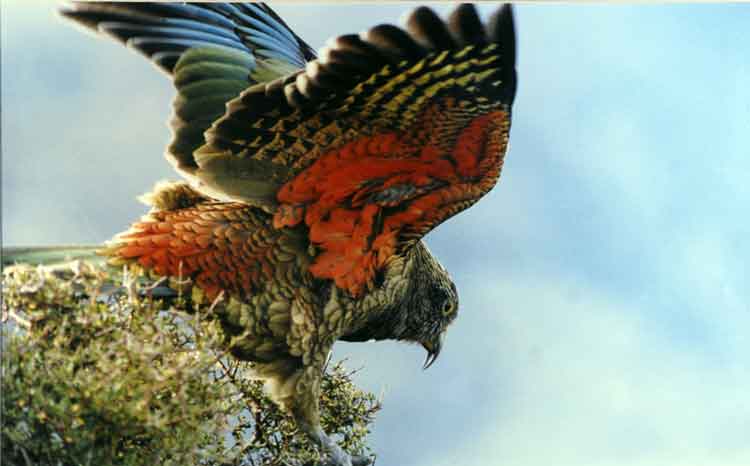
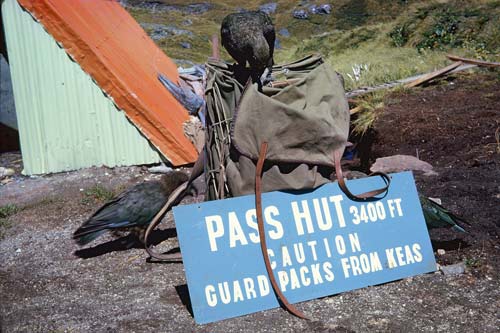
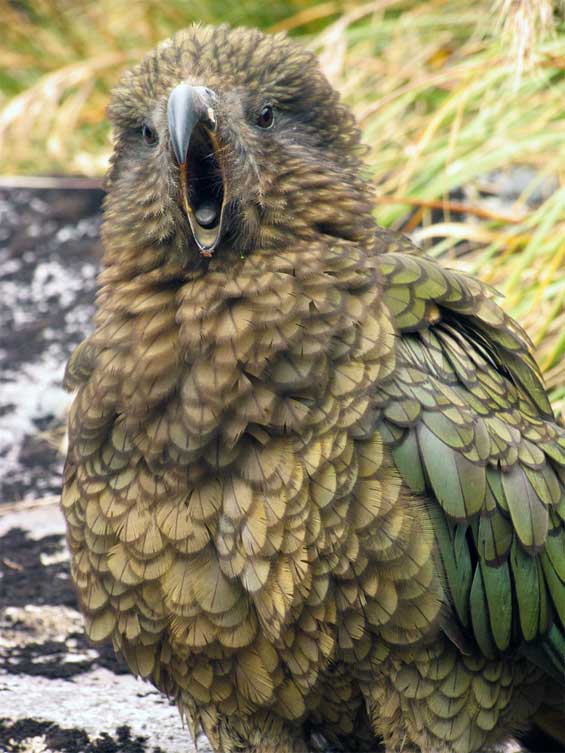

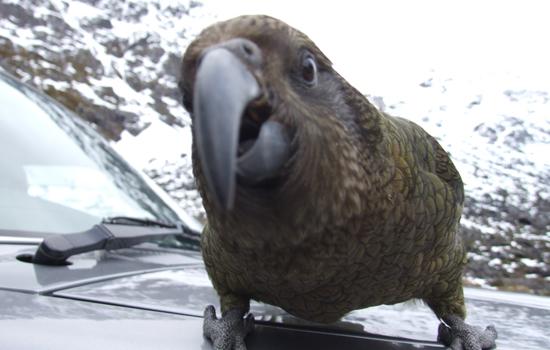
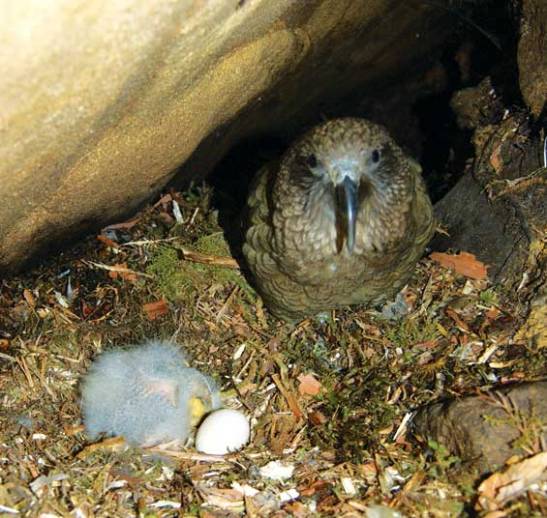
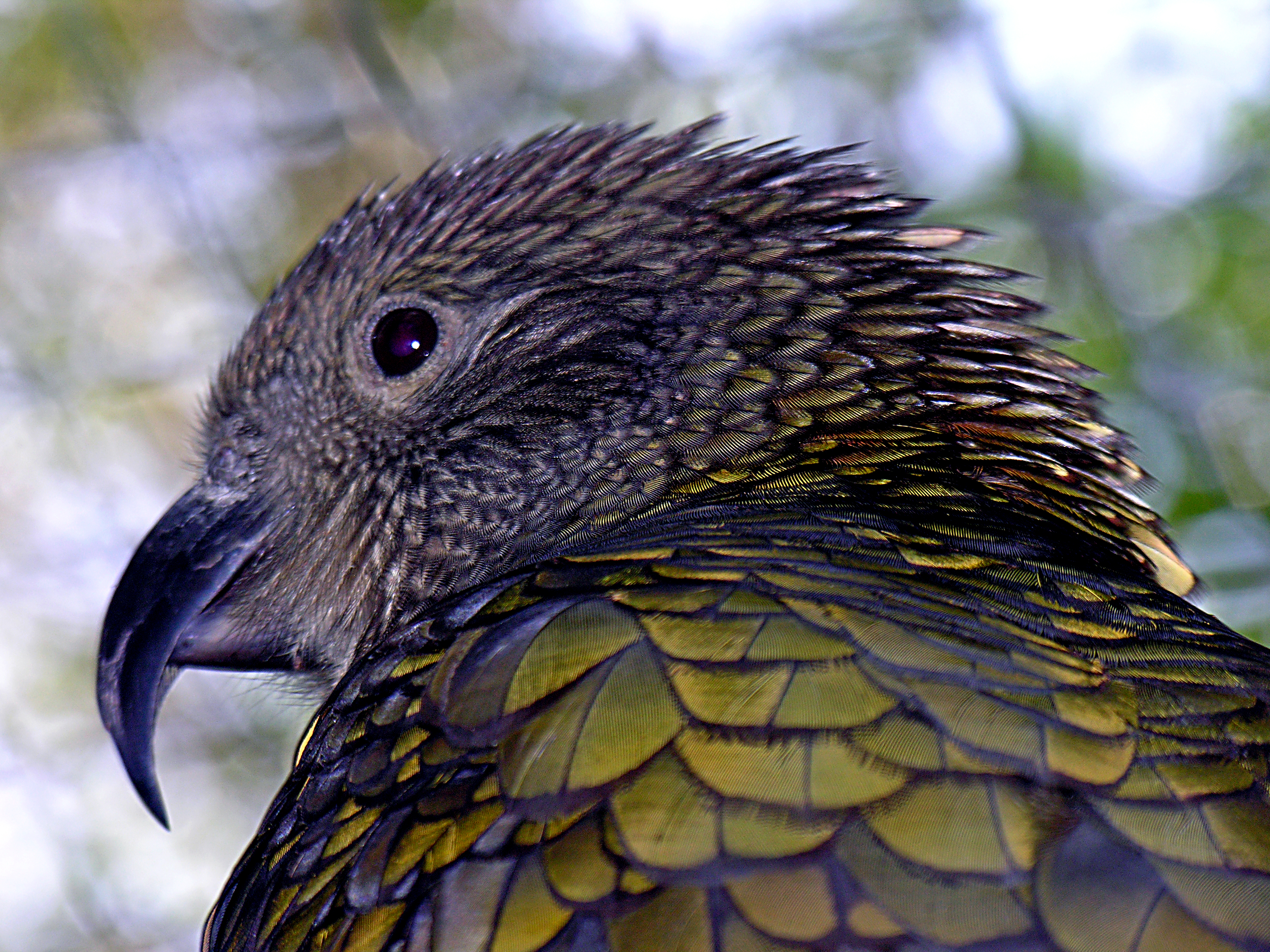
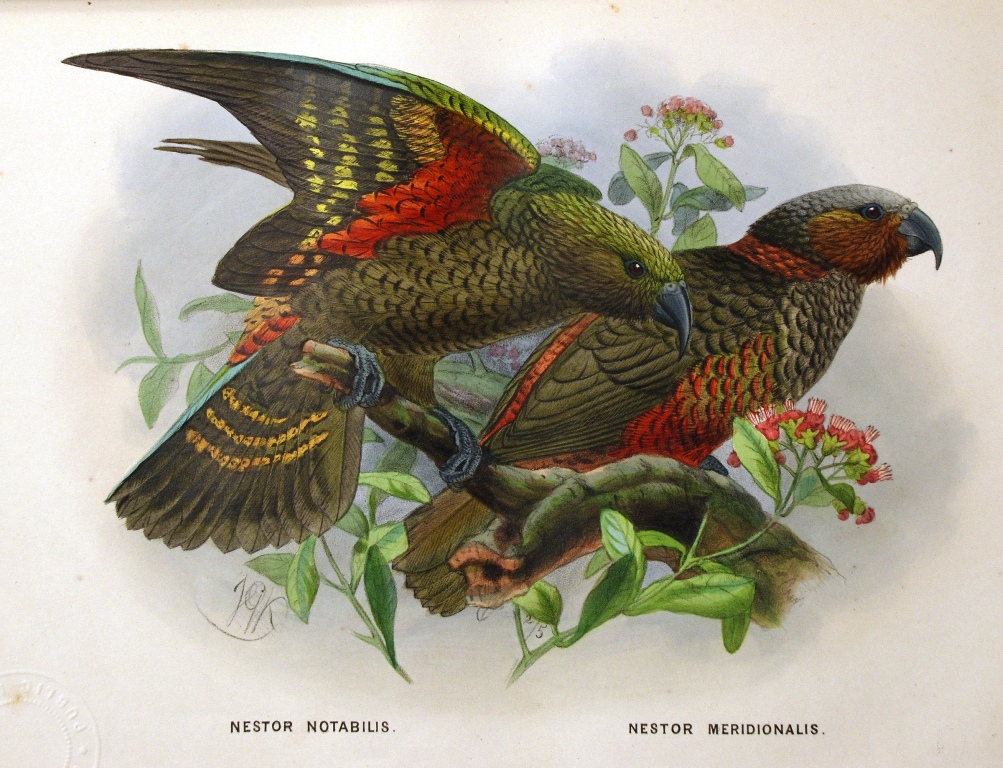

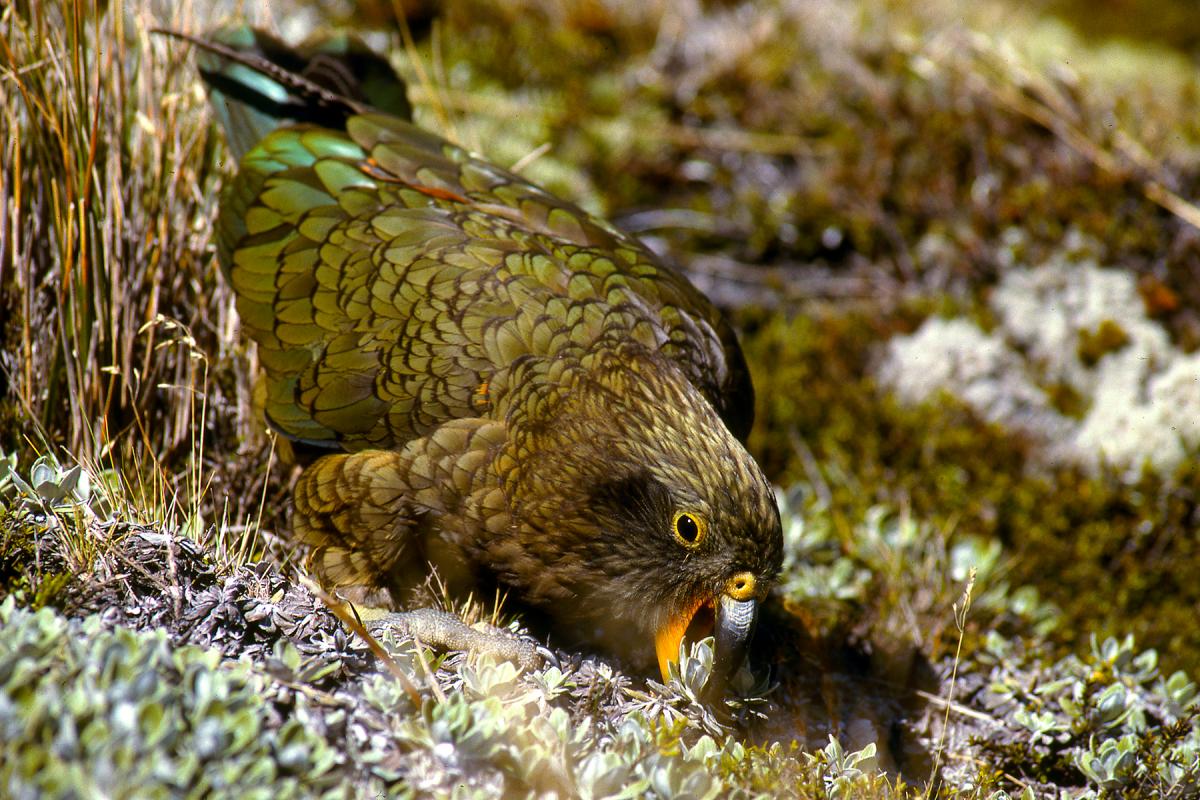
Wonderful post. You put a bit of work into this one. Thanks!
LikeLike
Thanks so much, yes I put in some effort because it was a labour of love. I met some keas in the zoo and fell in love. They were enormously smart and they watched me and kind of spoke their own language mumbling and talking. I’ve seen none in the wild yet because I haven’t been south enough 😀
LikeLike
I love the Kea. I recall seeing them chewing on peoples motorcycle side mirrors and also the bumper of my hire car while traffic waited to get through a tunnel on the way to Queenstown. They were obviously smart birds, and quite accustomed to humans, at least in that area, where scraps of human-food would have been readily available. They were friendly, inquisitive, and hungry!
LikeLiked by 1 person
Yeah I know. They are really smart, even though they mess up people’s cars, I couldn’t think of a cuter vandal to deal with hehe
LikeLiked by 1 person
Great post! We love keas at The Nature Nook. Especially Alex. She’s had the privelege of working with a group of kea at a zoo and they were extremely curious, playful… and very mischievous!
LikeLike
Thanks so much Jason 😊 Yeah keas are thr best so naughty and cheeky, I am not surprised that Alex fell in love with them, they have such vibrant personalities and vibrant feathers. 😊🥰
LikeLike
Ah, the wonders of Nature! I had no idea keas are so smart, super interesting post!
We saw some keas in a forest during a coffee break towards Milford Sound, but they did not get close, just stayed in the trees.
LikeLiked by 1 person